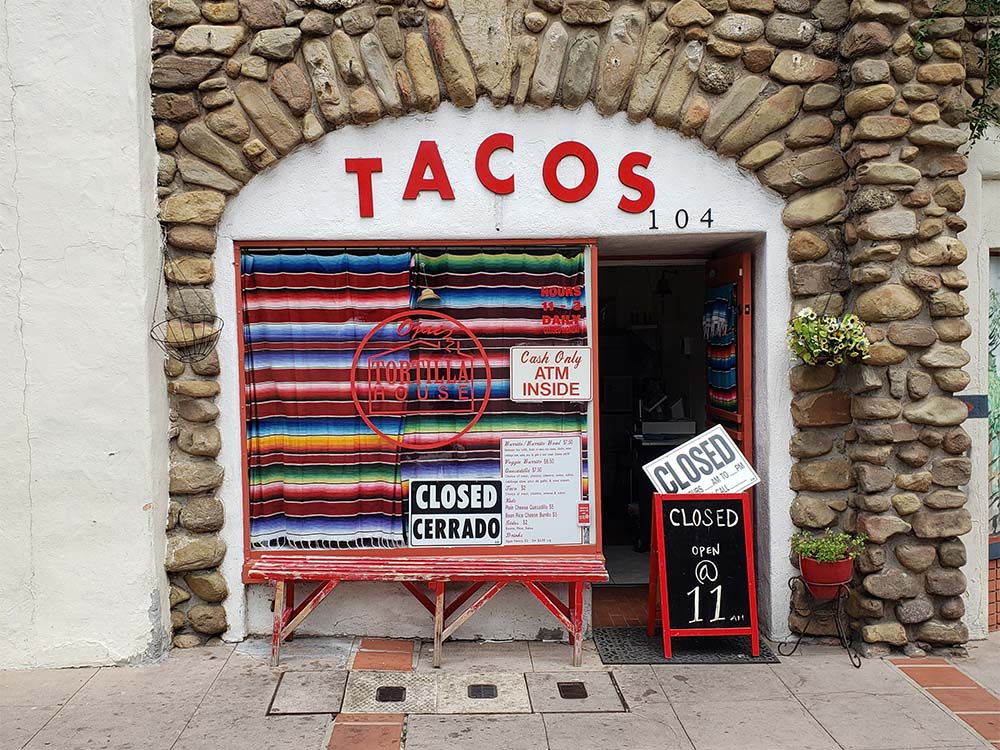 A logo is an essential piece of a successful small business. It is often the first thing your future customer sees—sometimes before they even see your product or know what service you offer. It could even be the only thing a potential customer sees. And your logo tells your future customer a great deal about your business without them even realizing it.
A logo is an essential piece of a successful small business. It is often the first thing your future customer sees—sometimes before they even see your product or know what service you offer. It could even be the only thing a potential customer sees. And your logo tells your future customer a great deal about your business without them even realizing it.
Depending how your logo is designed, you could tell your customer that you focus on the details, that your brand is well-established, that innovation is central to your company, or that the purpose of your business is to offer support. All of this and more can be communicated visually. This is why it is important to take your time creating a logo. a first impression is sometimes the only impression, so make it count by communicating your brand clearly.
Here are a few ways to make sure your logo stands out.
Know and understand your audience
There are likes and dislikes that unite your audience. Be sure you know what these are. If your audience dislikes expensive products, do not have a logo that makes your business look like it sells expensive products. Some common examples of styles that look expensive are logos that use a lot of thin lines, cursive or classic fonts, and complex patterns.
KISS
Keep It Simple, Stupid. This acronym is used most often in business sales, but it applies very well to logo design. Simplicity reigns. If you want someone to notice your logo (for good reasons) and remember it, KISS. This doesn’t mean you always have to avoid complex patterns or fancy designs, but if you include one complicated piece in your logo, make the rest simple.
Use negative space
The most well-known (and maybe the best) example of using negative space is the FedEx logo. As simple as the logo is, it has more to it than many realize. The arrow between the D and the E—made from negative space—makes people smile when they realize it is there. It has meaning. The company is moving—both moving packages and moving forward as an organization. It adds an element that tells a story and connects the business to its audience in a unique way.
Make sure the logo can be used anywhere
There once was a day when logos were only used in a few different locations—maybe a store front and some packaging. But that was a long time ago. Today your logo needs to function in any location. This includes everything from a billboard to a web browser tab to a shirt to a business card, a social media icon, the side of a bus, a coffee mug … and the list goes on.
Your logo has to be recognizable in sizes as small as a dime. It needs to be able to work against dark backgrounds and light backgrounds. it needs to work in circular/square formats and horizontal formats. And if there is text, it needs to be legible in all these formats.
Give your logo something unique
Finally, make your logo memorable by giving it one unique element. This is where your cool ideas can be used. Give it a unique and meaningful shape to go with the name (see NBC’s logo). Give it an eye-catching arc or indentation (see Netflix’s logo). Maybe it should have a feeling of movement using circles, negative space, or lines (see the LA Rams logo). Or give it a feeling of luxury or class with a coat of arms or complex background (see the Porsche, Corona, and Stella Artois logos).
Creating a logo can be a fun but challenging project. If you are in need of someone to help you with this process, reach out at freelance@brennanhallock.com or 402.318.3924.

